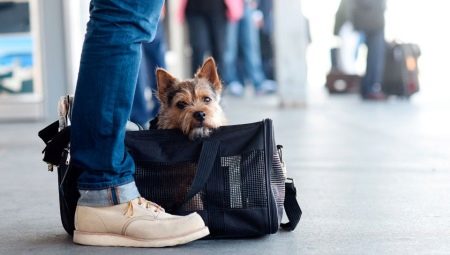In no case should a pet be an obstacle in order to travel, because it would be pleasant for both the owner and the dog himself to walk in an unusual place. Not everyone has a personal car, and it is sometimes difficult to overcome some distances on it.
Fortunately, you can take your pet with you on the train, but it’s not so simple - there are special rules for the transportation of tetrapods in passenger cars.
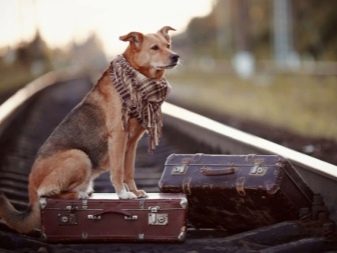
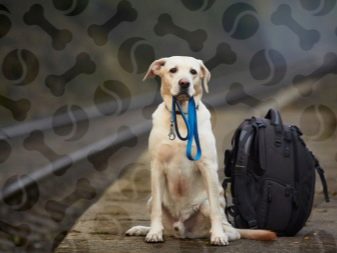
Basic transportation rules
According to the rules of Russian Railways, dogs can also be transported by train across Russia, but there is a special document with clearly defined conditions that must be observed during transportation. Here are his main points in brief:
- small dogs of decorative breeds, in general, do not require a ticket, unless it is a long-distance route, but large dogs need a ticket;
- to determine whether your dog is small or large, you can measure the carrying in which it is placed - if the three dimensions together do not exceed 180 cm, then the little dog is small;
- in long-distance trains, Russian Railways has the right to demand a four-legged fare, even of modest size;
- the owner of the animal is responsible for compliance with sanitary standards during transportation;
- there are special cars that are designed to travel with animals - buy tickets there, otherwise the conductor has the right to refuse to travel;
- a large dog can be transported only if all the seats in the compartment are completely bought out, they simply will not be allowed into the reserved seat car, the animal itself must have a muzzle and a leash;
- the large dog on which the ticket is bought takes a “human” place, which means that five of us cannot get into one compartment, regardless of the proportion of people and dogs;
- a guide dog rides in a car of any type for free, it has the right and must be at the owner’s feet constantly, but a leash and a muzzle are required;
- transportation of four-legged travelers is possible in a carriage not of any type, but in high-speed trains special places are usually allocated for them, for which you have to pay;
- the railway, unlike airlines, does not require the dog breeder to demonstrate a veterinary passport.
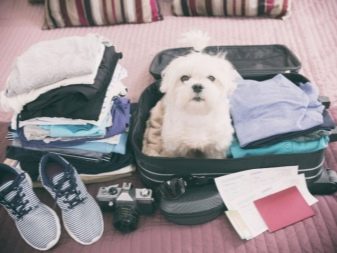

Small dogs
How to determine that a pet belongs to small ones has already been said above. At the same time, the breed does not matter - if you carry a Labrador puppy, and it is placed in the described sizes, then everything happens in the same way as when transporting its relatives of small breeds. Correctly this is done like this:
- Carrying is mandatory - it is a permanent place of stay of the beast, while you are on the road, and you can not let him out of there;
- the container with the animal is stored on the shelf for hand luggage;
- think about how the pet will go to the toilet - the neighbors are unlikely to like that the hawker dog in the carriage will normally walk right under itself, so be prepared to walk the four-legged at all major stops;
- regardless of the size of the dogs and carrying, the simultaneous presence in the box of more than two individuals is not allowed;
- all the duties of caring for the animals on the trip lie directly with the owner, including cleaning if the dog has caused a sanitary “accident”;
- payment for a pet of modest dimensions is carried out at the station on the day of departure.
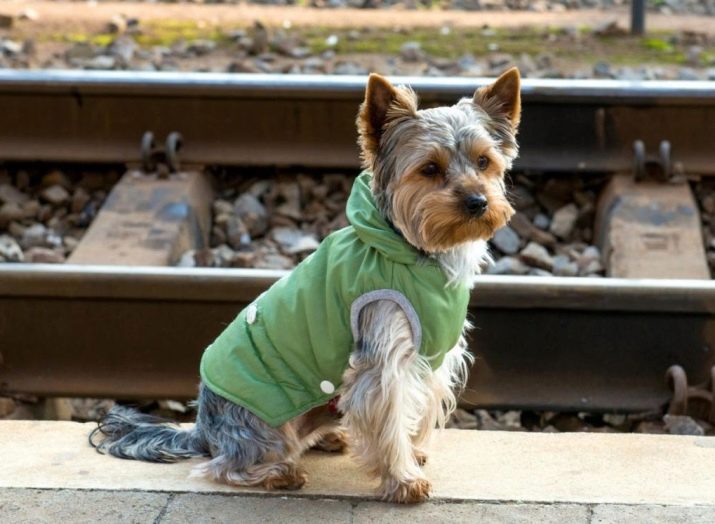
The cost of transporting a dog in a train depends on the type of car:
- class 1 of the majority of letters, except for U and E, does not imply any surcharge for the travel of the baby;
- 3G and 2B require additional payment, but this is not the purchase of a separate place;
- 2U, 2K and 2L allow you not to redeem all the coupes, as well as 3U, 3D and 3O, but you still need to pay for the animal;
- as for cars of type 2B, 2E, 1U and 1E, you can bring a dog into them without paying for it, but only on condition that the owner has forked out to buy the entire compartment.

Large dogs
Representatives of large breeds on the train ride less often, but this task also looks more complicated from all sides. The presence of a collar and a muzzle, which cannot be removed throughout the path, is crucial. Most wagons, except 1B, require additional payment for such a trip, while 1B itself allows a free tour for the dog, provided that the owner has only one.
In cars 2B and 2E, for the sake of a single dog, you have to buy a whole compartment, the same applies to 1L, 1U and 1B - however, in the last three cases there will be no additional costs.
Only in cars of type 2U, 2K and 2L, the railway administration allows the passage of several large tetrapods in one compartment, but strictly on condition that it is bought out in its entirety.
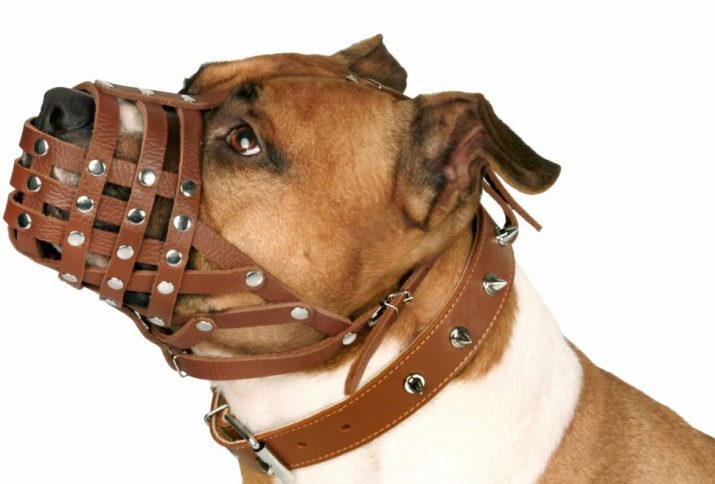
Required documents
The fact that a pet does not need a veterinary passport for a railway trip greatly relaxes a significant part of those accompanying, which is not entirely true. In fact, a veterinary certificate confirming that the dog is okay and that he is not contagious with anything is mandatory - without it, the guide has the right not to let the four-legged into the carriage.
At the same time, experts advise shortly before the trip, once again clarify the rules for the transport of dogs in trains of a certain direction, since Russian Railways periodically changes the rules, and you hardly need an unpleasant surprise in the form of an unexpected denial of travel.
If you decide that the animal will need a ticket to travel, then this is another mandatory document that should be. It is not possible to give any intelligible answer to the question of how much it can cost, since it all depends on the type of car, the dimensions of the traveler beast and the duration of the trip.
It is noted that even for a small dog, with whom they nevertheless demanded a fare, the amount will start from about 200 rubles, and for large dogs and over long distances, it can grow many times.
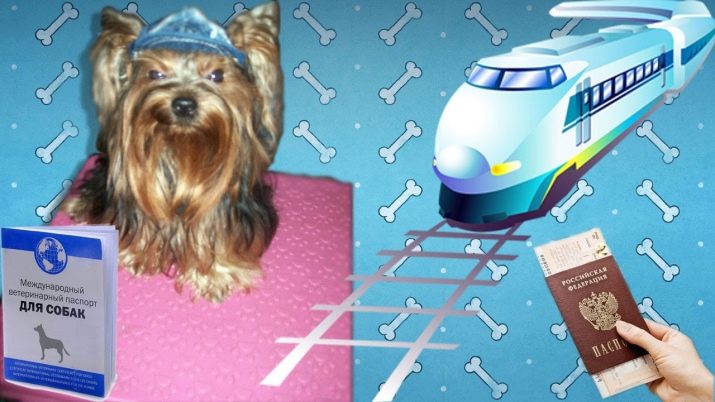
Carrying Requirements
There are no fundamental requirements for carrying, except that there is no point in boxing, whose three dimensions exceed 180 centimeters, otherwise you will have to redeem all the compartments. And also you should pay attention to the fact that more than two individuals in one box cannot be carried, and if suddenly there were more dogs, you will have to buy baskets.
In this case, the cell must meet certain logical criteria. For example, during a short trip it is still permissible not to feed the dog on the road, however, any dog lover will confirm that the animal must have constant and free access to drinking water, therefore there should be a drinker inside.
A disciplined and hardy pet, perhaps, will last this way, but it is better not to risk the health of the beast once again.
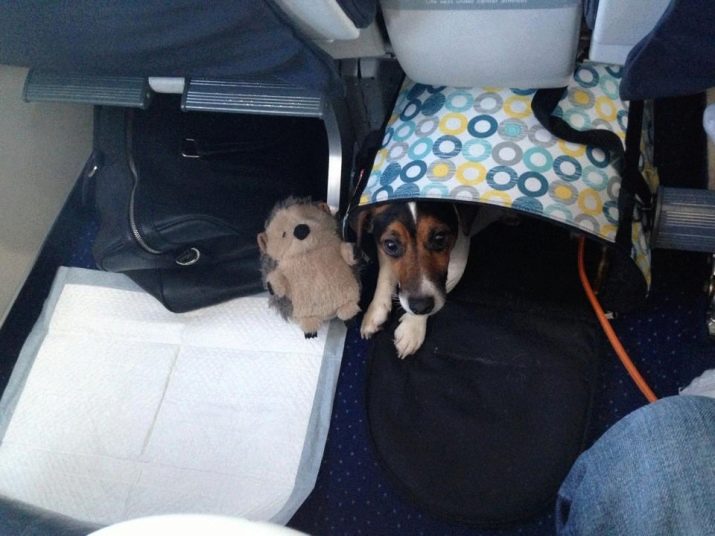
Carrying should be elementary convenient, because you have to carry some part of the path in your hands. It is included in the list of mandatory requirements in order to protect surrounding passengers from possible aggression from the side of the dog, so you must be sure that neither the person’s teeth nor the paw can be hostile to any of the neighbors. At the same time, the vessel cannot be airtight - you need to make sure that the ventilation inside is normal and the animal will not suffer from suffocation.
The most difficult moment is connected with the toilet. Since you are traveling by public transport, the bottom of the carrier should definitely not be permeable - if the dog considered it possible to go by itself, let the negative for others be limited only to smell, but not to scandal and the way you clean. It is desirable that the box has a fairly high impermeable side, which will protect the interior of the car from the waste products of the dog.
At the same time, for absorbency, you can put a soft rag on the bottom if you are sure that a dog hike in the toilet is inevitable. In combination with disposable hygiene bags, similar to those used on travel by parents of infants, this may be the only solution that allows you to observe hygiene in a long journey.


How to prepare the animal for transportation?
Do not think that all these preparations for the trip and the trip itself are a difficulty only for you - the dog in an unusual environment will also be nervous. This is all not too good, because of this it can become more noisy and capricious, more often go to the toilet and just be sad - any of these phenomena can complicate the task of delivering the beast from point A to point B even more.
To minimize the number of possible problems, Before leaving, give your pet some special sedative that will help you calm down and adapt more easily to new conditions of stay.
Experienced dog lovers argue that on average it is easier to control the situation in the morning and in the afternoon, therefore, if the road is not too far away, and there is a choice of trains, give preference to those routes that travel during daylight hours.
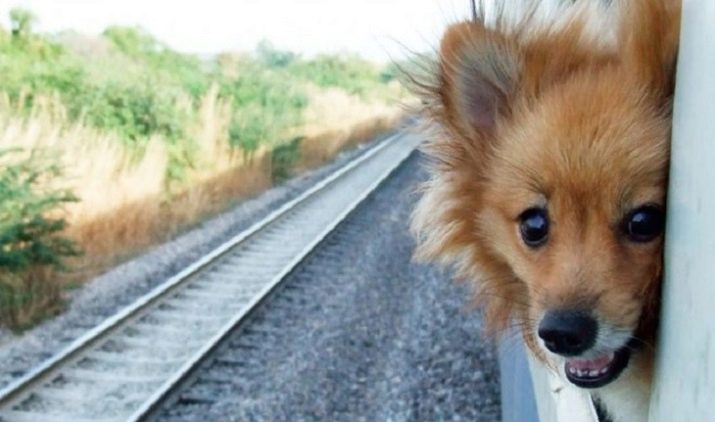
On a long journey, it’s easiest to feed your dog dry food - It is most convenient and hygienic for traveling conditions. At the same time, some dogs that are fed natural food at home require a certain period of preparation in order to switch to dry food, so you should prepare for the trip in advance, accustoming the four-legged to the new menu.Don’t even think about feeding your pet something unusual before you leave — digestion problems along the way can be the worst of everything you can imagine.
Regardless of the time at which you usually walk the animal, be sure to take a walk with it immediately before sending it - if the smart dog understands everything correctly, he will try to do all his work while there is such an opportunity. Do not rely on your friend to endure forever - At each long stop, do not be lazy to go out and walk the dog. Use the rest special absorbent bedding and hygiene bags.


Distinctive features of transportation
We have already talked about how dogs are transported in long-distance passenger trains, including high-speed trains like Sapsan, but railroad transportation does not end there.
For example, there are special rules in trains - you will probably have to pay even for a small doggie, and although a collar and a muzzle are vital in the transportation process, there is no mandatory requirement for carrying. With a large dog, you theoretically cannot take a place directly in the carriage, but the guide is obliged to let you into the vestibule, where you must always be next to the pet being transported. At the same time, the vestibule has certain dimensions, because more than two dogs cannot be in it at the same time.
Many dog breeders are interested in how to transport dogs in the subway, but here it should be noted that the metro is an organization that has absolutely nothing to do with Russian Railways. Moreover, the metro of each city has its own management organization, therefore, from the metropolis to the metropolis, the rules for driving in the subway and for carrying luggage of various types, including live luggage, can vary significantly.
For this reason, you must ask the appropriate question to the metro information service of the specific city in which you are located, especially since the rules there also change quite often.
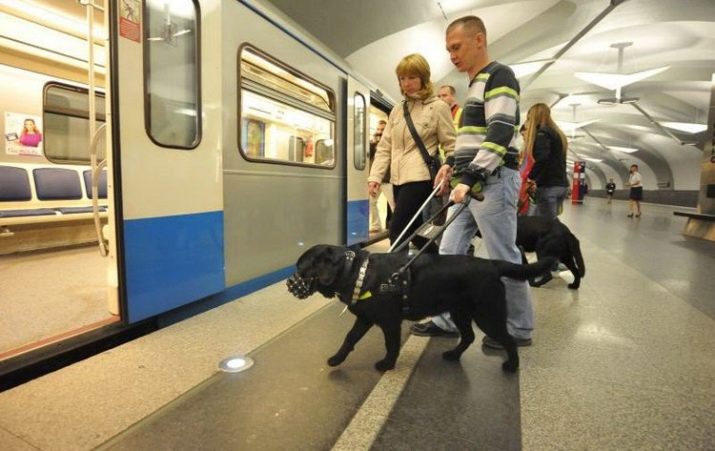
Tips & Tricks
If the situation with the rules for moving dogs by rail inside Russia is even more or less clear, then the particular difficulty will be to travel abroad with the animal. It simply will not work to send the beast unaccompanied - this rule also applies in our country, and a living organism cannot simply cross the border without the consent of a person.
When traveling with a pet abroad by train, one should take into account many nuances. So, the above transportation rules apply only to Russia, and in other countries, even very close in legal terms, the principles may be different. For example, in neighboring Belarus, a small dog is considered to fit in a carrying of dimensions not 180, but 200 cm. However It is not allowed to carry an animal in any carriage, except for a compartment. Ukrainian guides will more insistently demand veterinary documentationthan Russian, and have the right to do so in accordance with the laws of their state.
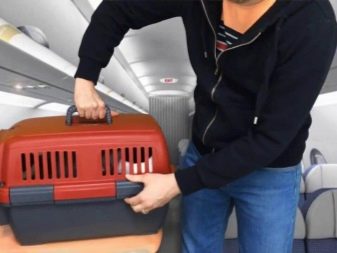

An even more important point is to cross the border correctly with the animal.
Here, the countries of the north-western part of Europe are especially strict - for example, Great Britain and Norway do not allow pets to be brought into the country privately.
See the next video on the rules for transporting animals on a train.
